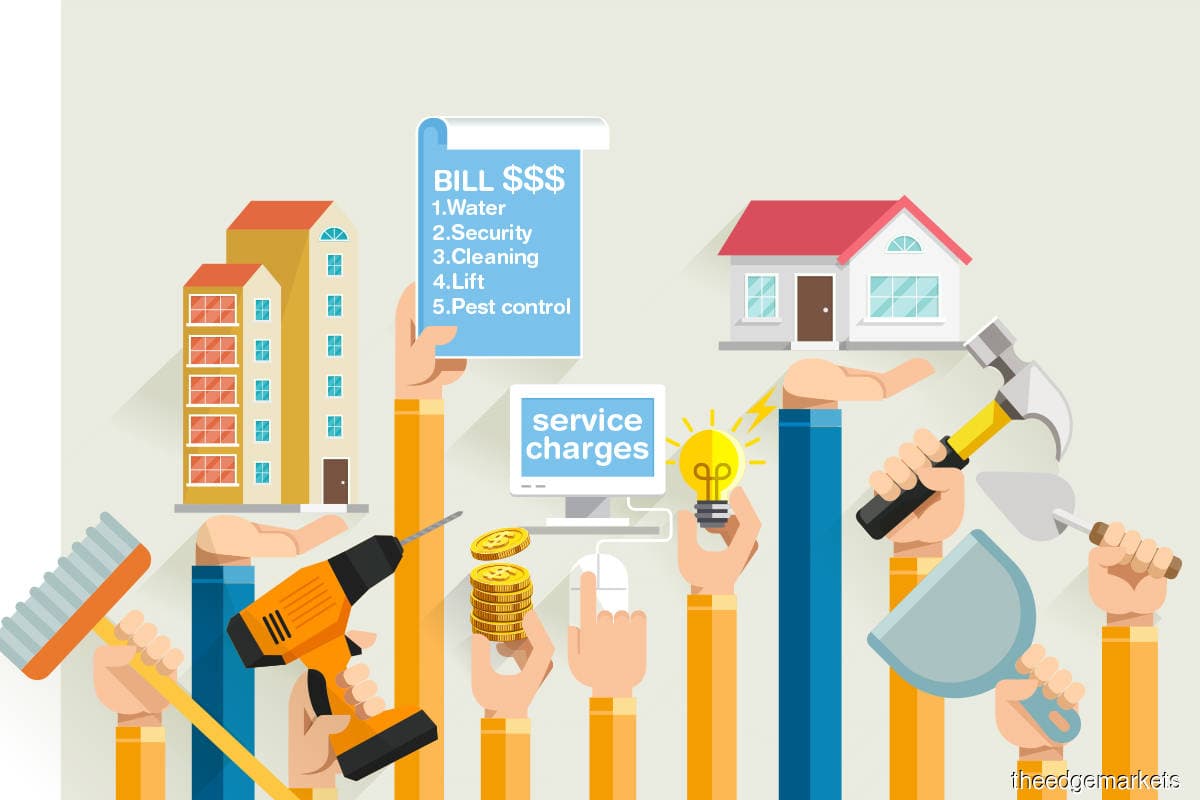
This article first appeared in City & Country, The Edge Malaysia Weekly on September 7, 2020 - September 13, 2020
Strata living is getting more popular in Malaysia, especially in the Klang Valley, both landed and high-rise schemes. Properties in a strata scheme can include condominiums, apartments, offices, terraced homes, bungalows and townhouses.
Strata living means the accessory parcels and common property in such a development come under a management system. The homeowners will be charged a monthly maintenance fee, also known as the service charge, as well as contribute to the sinking fund.
Maintenance fee and sinking fund
According to Henry Butcher Malaysia (Mont Kiara) Sdn Bhd executive director Low Hon Keong, the maintenance fees are generally used for everyday repairs and the upkeep of common facilities in a development.
“From a layman’s point of view, the moment you enter a guard house, everything needs to be maintained through the maintenance fee. A sinking fund is basically used for capital expenditure in respect of repainting, upgrading and refurbishment of the common property. It is calculated as a percentage, usually 10%, of the maintenance fee,” he tells City & Country.
The components that make up the maintenance fees include contractual and non-contractual operating expenses, utilities as well as contingencies. Contractual operating expenses refer to a fixed monthly amount for service providers that include cleaning, security, firefighting, lift maintenance, landscaping, swimming pool, management staff cost, property management fees, pest control, and rubbish collection and disposal.
Non-contractual operating expenses cover CCTVs, carparks, firefighting systems, air-conditioning repairs, barriers gate and waterproofing. Utilities mean electricity charges, water charges, telephone and internet.
“Basically, all the expenses will be divided into share units. The main factor in determining the service charge is the total saleable area or the built-up area. The larger the area in sq ft, the lower the maintenance fee. In other words, the higher the density of the development, the lower the maintenance fee,” he says.
It is possible for a development to reduce the maintenance fee, Low says. Citing utilities as an example, he notes that electricity charges can take up 15% to 20% of the maintenance fee, and the management body could, for example, install a timer and energy-saving equipment as well as turn off certain pumps within sceduled periods. He explains that as certain basic maintenance components need to be in line with the development’s design and concept, the management body also needs to ensure that any cost reduction will not result in services being compromised.
What about homeowners who do not pay the maintenance fees? Under the Strata Management Act 2013, the management body can take legal action against them.
“Refusing to contribute is considered a selfish attitude, especially in community living. Such an attitude can result in the lack of proper income and cash flow to pay service providers, and it will subsequently affect the maintenance of the services at an adequate level. This could indirectly affect the safety and security of residents,” he says.
Save by subscribing to us for your print and/or digital copy.
P/S: The Edge is also available on Apple's AppStore and Androids' Google Play.

